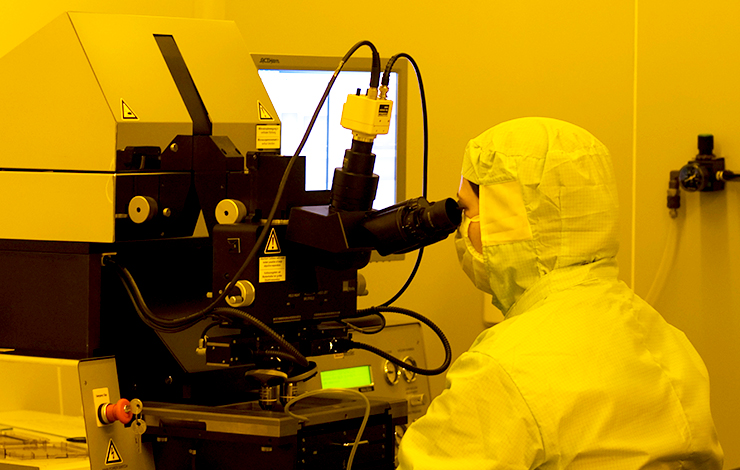


Chitosan/alginate based multilayers to control drug release from ophthalmic lens
| Title | Chitosan/alginate based multilayers to control drug release from ophthalmic lens |
| Publication Type | Journal Article |
| Year of Publication | 2016 |
| Authors | Silva D a, c Pinto LFV b, Bozukova D d, Santos LF a, e Serro AP a, Saramago B a |
| Journal | Colloids and Surfaces B: Biointerfaces |
| Volume | 147 |
| Pagination | 81-89 |
| ISSN | 09277765 |
| Keywords | Alginate, Anti-inflammatories, Biocompatibility, Chemical compositions, Chitin, Chitosan, Coatings, Contact lenses, Controlled drug release, Deposition, Intraocular lenses, Layer by layer, Layer by layer deposition, Multilayers, Natural polymers, Ophthalmic lens, Silicones, Soft contact lens materials, Water contact angle |
| Abstract | In this study we investigated the possibility of using layer-by-layer deposition, based in natural polymers (chitosan and alginate), to control the release of different ophthalmic drugs from three types of lens materials: a silicone-based hydrogel recently proposed by our group as drug releasing soft contact lens (SCL) material and two commercially available materials: CI26Y for intraocular lens (IOLs) and Definitive 50 for SCLs. The optimised coating, consisting in one double layer of (alginate – CaCl2)/(chitosan + glyoxal) topped with a final alginate-CaCl2 layer to avoid chitosan degradation by tear fluid proteins, proved to have excellent features to control the release of the anti-inflammatory, diclofenac, while keeping or improving the physical properties of the lenses. The coating leads to a controlled release of diclofenac from SCL and IOL materials for, at least, one week. Due to its high hydrophilicity (water contact angle ≈ 0) and biocompatibility, it should avoid the use of further surface treatments to enhance the useŕs comfort. However, the barrier effect of this coating is specific for diclofenac, giving evidence to the need of optimizing the chemical composition of the layers in view of the desired drug. © 2016 Elsevier B.V. |
| URL | https://www.scopus.com/inward/record.uri?eid=2-s2.0-84980006466&doi=10.1016%2fj.colsurfb.2016.07.047&partnerID=40&md5=0b89ce0c4236dcce5babe9519f9a21ff |
| DOI | 10.1016/j.colsurfb.2016.07.047 |








